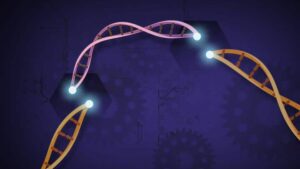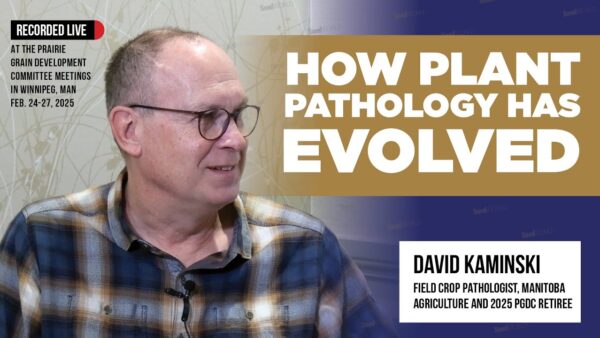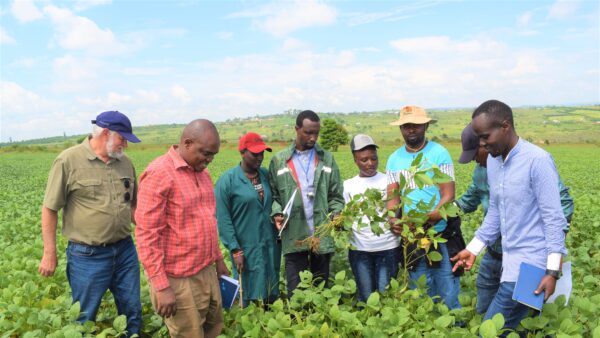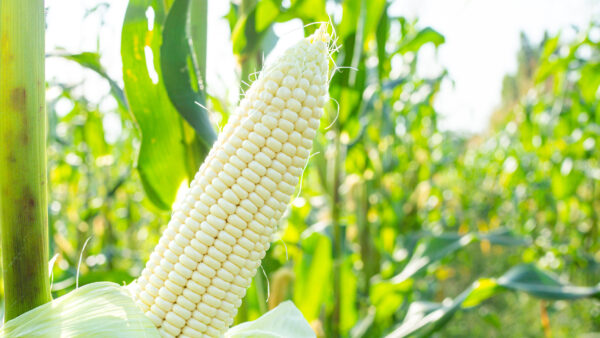Among the long list of New Breeding Technologies established some years ago, the current discussion mainly focuses on one group: targeted mutagenesis or gene editing, more recently labelled as New Genomic Techniques in a study commissioned by the Council of the EU following the case in the ECJ concerning the status of these technologies (report SWD(2021) 92 final, published on 29 April 2021). The group covers a number of technologies, such as Zinc-Finger Nucleases (ZFN), TAL Effector Nucleases (TALEN), CRISPR-Cas and its derivatives, Oligonucleotide Directed Mutagenesis (ODM) and a number of new technologies being developed. All of these technologies share three elements: targeting a sequence, inducing DNA damage at that sequence and using cellular repair to create a mutation. Some technologies use protein-DNA interactions to target their sequence (ZFN, TALEN), others use DNA-DNA and RNA-DNA interactions. ZFN and TALEN can only create random mutations at a selected location in the genome, whereas CRISPR-Cas variants like Base editing and Prime editing, as well as ODM, can create specific mutations at the selected location. So in brief, these technologies create small modifications in individual genes without other DNA modifications elsewhere in the genome combining the type of modifications from traditional mutagenesis with increased precision.
For the purpose of this perspective, I specifically exclude technologies targeting RNA and the epigenome as today these require the permanent integration of exogenous DNA into the plant and are therefore without any doubt classed as GMO. I also exclude the use of gene editing technologies as supporting technologies to enable targeted insertion of transgenes – another clear GMO application.

But what are the perspectives for gene editing technology? What can we do with them? Do they merit the long and difficult debate to update regulations, create the necessary supporting technologies to make them truly generic and make them accessible to everyone interested in genetic improvement?
A first approach is to look at the products created as these determine the potential application value. Most of the initial traits being created are very similar to traditional mutations: gene knock-outs for qualitative traits such as waxy and high-amylose starch in cereals, reduction of unsaturated fatty acids in oilseeds, colour in some vegetables as well as some disease resistance and agronomic traits like plant shortening in wheat. With the more advanced technologies, we can create more specific modifications of genes other than loss of function with more subtle phenotypes. However, these technologies will not create new genes, so no equivalent of Round-up Ready herbicide tolerance or Bt-like insect resistance, and if there were any easy mutations creating traits with high added value, I would expect us to have found them collectively already. Generally, the traits obtained are likely similar to those created by allele introgression, either from wild material or mutagenized populations, and there is most likely little additional added value in the products beyond that already known.
The second angle is to see where we can use these technologies in our process and if there is any added value in this area. A smart use of gene editing may allow us to create desirable mutations in adapted germplasm without the long and onerous work of recurrent back-crosses to remove unwanted other characteristics from the allele donor: a gain in efficiency and the opportunity to add missing alleles in our adapted germplasm pool. This is where the technology will shine: bring together alleles of interest by recreating them in the appropriate germplasm. The more complex the context, the more advantages the technology brings. This complexity can take two main forms, either in the genetic complexity of the recipient, or in the number of genes to be modified to obtain a given effect. Examples of the genetic complexity would be the need to get all six (three times two) copies of a gene in hexaploid wheat modified to obtain a phenotype, or the creation of disease resistance in vegetatively propagated triploid Cavendish banana.
The question of number of genes to be modified to create the trait is currently the big unknown and may bring the biggest advantages for genetic improvement. What if we would be able to create targeted mutations in twenty or thirty genes that we suspect are involved in a complex but fundamental trait in our crop and we could start breeding with this material? We would remove all the genetic noise from the multiple, often less adapted, donors of the alleles and could properly evaluate the trait in a large population carrying all the various combinations of our selected genes. This should allow us to improve the genetic gain in the breeding process dramatically. This could provide our best chance to advance towards sustainability targets set for 2030 in the EU Green Deal as alluded to by European Seed’s editor in his message in the November 2020 issue.
In summary, targeted mutagenesis or gene editing is a group of technologies that is unlikely to enable truly novel traits like GM did over 30 years ago. However, it can become a powerful tool in introgressing simple traits in advanced or hard to manipulate germplasm as well as a way to create large numbers of truly novel combinations of alleles drawn from less accessible germplasm sources. In this way, it should become as important and as integrated in our breeding process as the use of molecular markers has done.
For the moment, some countries accept traits created by some of these technologies as non-GMO and thus non-regulated, but not other technologies, with different levels of scrutiny in different countries. Other areas, like the EU, refuse the use of any of these technologies outside a GMO-framework. Given the limited added value I foresee, the widespread use of traits created by gene editing will probably only work if we move to a low cost, trait-based evaluation instead of the technology-based evaluation as currently used in Europe. The key to such a system is the acceptance that mutations are the same, whichever the way they were created, if the final sequence is the same. Now there’s an idea ….
Editor’s Note: Jeroen Wilmer is a Research & Technology manager in Plant Biology and was involved in developing business models for CRISPR-CAS use for a seed company.













